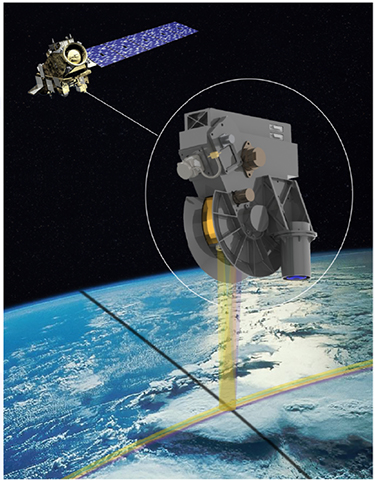NASA instrument continues Earth radiation data collection pioneered by Tom Vonder Haar
As a Ph.D. student in the 1960s, University Distinguished Professor Emeritus Tom Vonder Haar obtained the first measurements of Earth’s radiation budget, the balance of incoming energy from the sun and outgoing energy from the Earth. In the 1980s, he led NASA’s Earth Radiation Budget Experiment that launched three satellites to begin continuously collecting data on Earth’s radiation budget. Now he is senior adviser on NASA’s latest project that will extend the 40-year continuous record and provide clues about our climate.
This new, nearly $130-million project called Libera not only will continue an important record of the solar radiation entering the atmosphere and the amount absorbed, reflected and emitted by Earth, it will improve the record’s accuracy and give us more details about this balance. We know from past observations that extreme events, such as major volcanic eruptions and El Niño, have disrupted this energy exchange. The more specific wavelength ranges gathered by Libera will help scientists better understand changes to Earth’s climate system, including whether the planet is getting brighter or darker, and heating up or cooling down.
“The instruments are much, much better now, in all respects,” said Vonder Haar. “They can measure things with much higher accuracy than we could back in those days.”
Read the full Source article, “New NASA instrument will continue Earth radiation data collection pioneered by CSU atmospheric scientist.”
Image at top: A graphic of what the Libera instrument might look like onboard NASA’s Joint Polar Satellite System-3. Credit: Martha Lageschulte, Ball Aerospace



